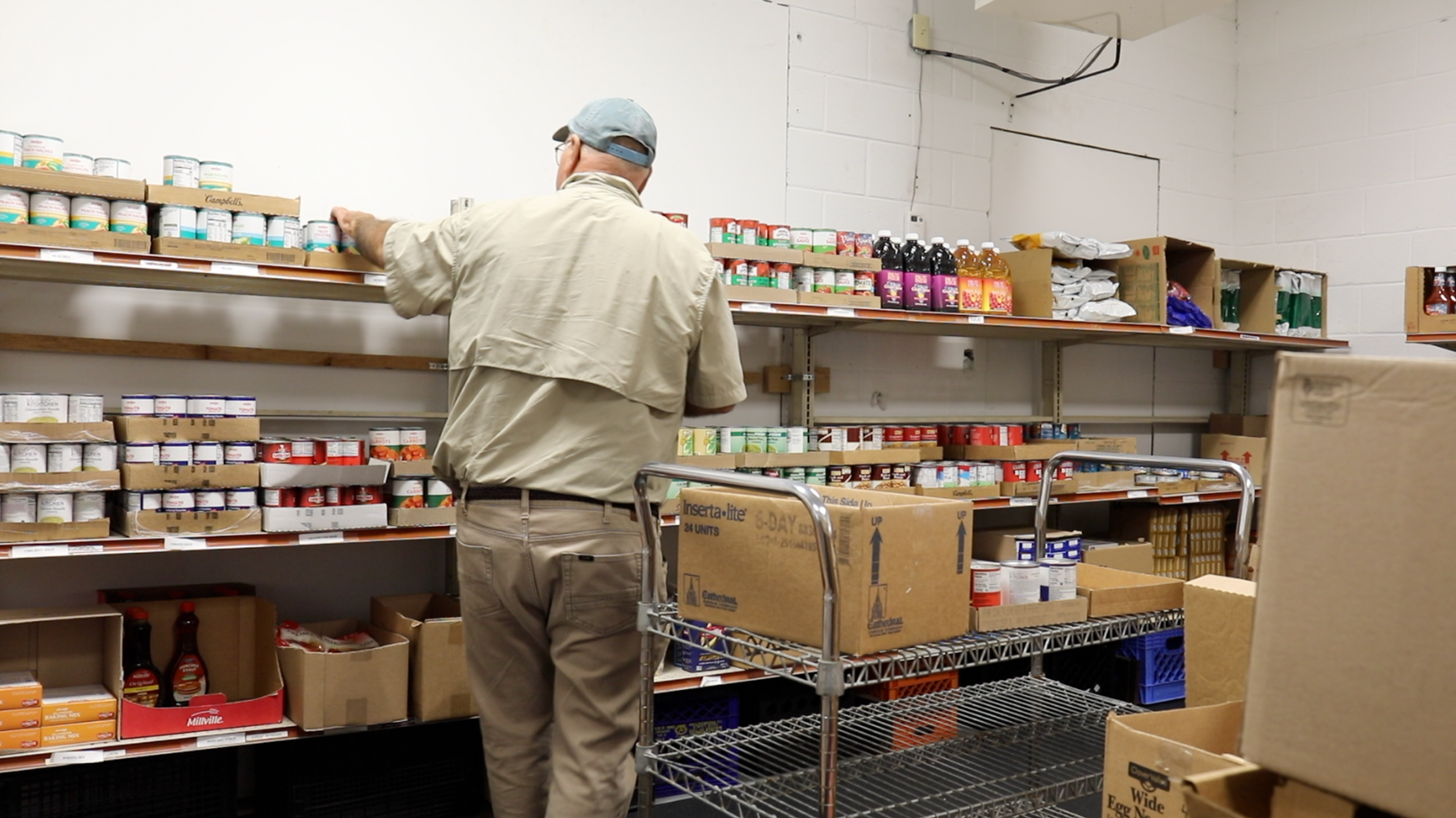How Poverty Contributes to Poor Health
Julie Bitely
| 5 min read

The toxic stress that accompanies living in poverty can make even the most tenacious and strong-willed people crumble under the weight of simply surviving, experts say.
As co-founder and CEO of Brilliant Detroit, a non-profit serving kids and families, Cindy Eggleton sees it in the worried eyes of the mothers who come to the organization’s neighborhood centers. Community-based and organized hubs provide resources and learning opportunities, with the hope that kids and families can overcome some of the systemic barriers they face, including generational poverty, which plagues many in the city.
Even when families are on solid footing, the worry persists, Eggleton said. “Even when you get out of it and you’re feeling stable, you’re always really close to not feeling stable,” she said. Economic stability, including poverty, is considered a social determinant of health. Broadly, social determinants of health are factors outside of the medical care a person receives that drive health outcomes. More than 80% of what goes into how healthy people are isn’t driven by the care they receive but by social determinants of health, which also include food insecurity, housing instability and other factors.
Nearly 1 in 5 Michigan children live below the poverty level
About 14% of Michiganders live below the poverty level, according to the University of Michigan’s Poverty Solutions project. That includes more than 19% of children under the age of 18. Using the United Way’s ALICE standard (Asset Limited, Income Constrained, Employed), many more people in the state can’t afford their basic needs even when a member of the household is gainfully employed. In 2019, ALICE data found that 1.66 million households in Michigan – 43% of the population – couldn’t afford food, housing, health care, childcare, transportation and technology.
Job losses and reduced hours caused by the COVID-19 pandemic made the situation worse across the country. The effects of poverty are felt in rural towns, populous cities, and places in between, said Luke Shaefer, director, Poverty Solutions at the University of Michigan. People of all ethnicities and ages experience poverty but it disproportionately affects people of color and families with children. The causes of poverty are complex and varied. For some people, poverty is persistent and chronic. Others might be thrust into poverty due to an economic shock such as losing a job or losing hours at work. Generally, Shaefer said housing costs, the labor market, education and access to transportation are all prevalent contributing factors to poverty.
The health effects of poverty
Poverty raises the risk for disease and premature death, according to Healthy People, noting “the risk for chronic conditions such as heart disease, diabetes and obesity is higher among those with the lowest income and education levels.” Poorer mental health outcomes are associated with poverty and Shaefer said it can also increase risk for adverse childhood experiences, or ACEs, traumatic events that occur in childhood. He explained that housing instability or shifting schedules due to unorthodox work hours might make it more likely that families would have to rely on a patchwork of people for shelter and childcare, opening their circle to potential predators.
ACEs have been linked to chronic health problems, mental illness and substance misuse as an adult. The stress of not being able to provide for your children is traumatic, Eggleton said, recalling a widow unable to pay for her husband’s funeral and Christmas gifts for her children. She was able to find help through Brilliant Detroit but found it hard to ask for help. “The amount of stress it put her under – she was trying to be strong and just felt like she should give up and that she’s a worthless individual because she couldn’t protect her kids,” Eggleton said.
Shaefer said programs like Supplemental Nutrition Assistance Program (SNAP) and Medicaid expansion help to the extent that they take some cost burdens off the backs of families, but more income, whether through higher wages or more generous assistance programs, could do more to help families stuck in a persistent state of anxiety, worried about how to pay the bills. “If families had more money, they’d be more stable in their housing, they’d experience less toxic stress of having unstable housing and they’d be able to buy healthier foods,” Shaefer said.
What we’re doing to address social determinants of health
Blue Cross Blue Shield of Michigan is committed to understanding the role social determinants of health play in how healthy our members and all Michiganders are. People face a wide variety of barriers in fully realizing good health and we know we have a role to play in finding solutions. Recent examples of our work to address barriers related to social determinants of health include nearly $300,000 in funding toward housing initiatives aimed at addressing instability for underserved populations and a sustained commitment to addressing food insecurity through our support of many statewide partners.
Editor’s Note: This is one story in part of a year-long blog series. Blue Cross Blue Shield of Michigan journalists will be diving into some of the environmental and socio-economic reasons behind disparate health outcomes for certain groups of people. While there is no one answer or simple solution to resolving these complex issues, we’ll talk to community organizations working to address social determinants of health in neighborhoods and communities across Michigan, as well as highlight work that Blue Cross is doing to contribute to solutions for the health of all Michiganders. Related:
Photo credit: Getty Images





